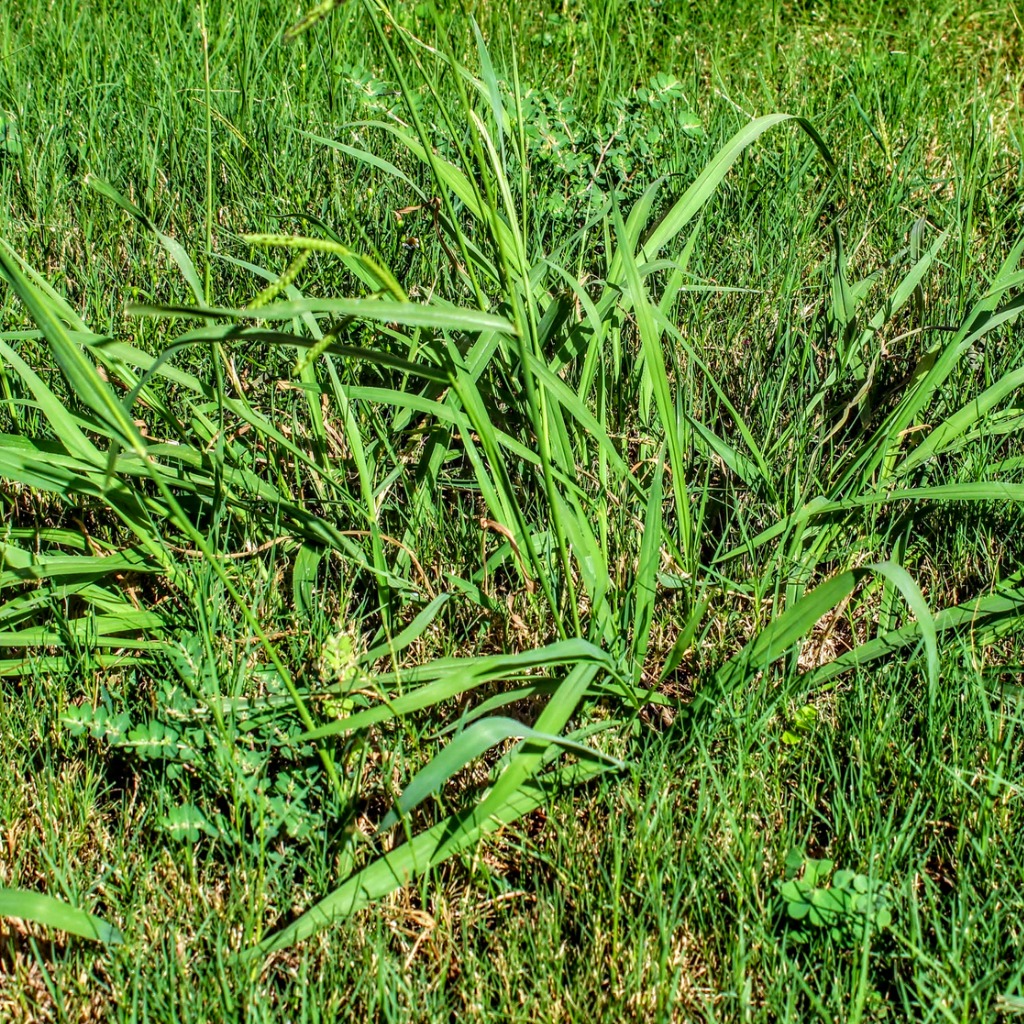
If you live in Florida, crabgrass is probably an unwelcome guest in your lawn. This fast-growing weed thrives in warm climates and can quickly take over a patch of grass if left unchecked. Fortunately, there are steps that you can take to get rid of this pesky weed and keep it from coming back. To better understand crabgrass and how to manage it, let’s look at its lifecycle.
The Crabgrass Lifecycle
Crabgrass reproduces by germinating seeds in the soil. One mature crabgrass plant can produce up to 150,000 seeds. The seeds need moisture and warm temperatures to germinate, which makes springtime the perfect time for crabgrass to grow. Once temperatures reach 55 degrees at a soil depth of one to two inches for about a week, the seeds begin to germinate. Each seed sprouts into a tiny crabgrass plant with leaves that have a distinctive “crab-like” appearance, hence the name crabgrass.
Once crabgrass plants have grown to a mature size, they will begin to flower and produce seeds of their own. These seeds are capable of living in the soil for up to a few years, waiting until the right weather conditions arrive before germinating again. This is why crabgrass can be so hard to get rid of; it takes more than just pulling out the existing plants.
Getting Rid of Crabgrass
Mature crabgrass plants die with the first hard frost of the winter season. They can be removed with a stiff rake or by physically pulling them out of the soil. It’s also important to use crabgrass preventers in the early springtime when temperatures are still cool but increasing. Pre-emergent herbicides are somewhat effective at killing a majority of the crabgrass before it has a chance to germinate.
It can take a few years to get a crabgrass infestation under control because the seeds can lay dormant for a few years before germinating. A faster alternative is using a non-selective weed killer to kill it off in the summer before seeds drop and then resodding. While a more expensive and intensive solution, it will get a handle on crabgrass faster. Also, ensuring a deep and strong root system in your lawn can help prevent crabgrass by outcompeting it for resources. This can be done by regularly fertilizing, aerating, deeply watering and over seeding your lawn to ensure that crabgrass doesn’t have a chance to take hold.
By understanding crabgrass and its lifecycle, you can take effective steps to make sure that your lawn remains crabgrass-free. With the right crabgrass prevention and lawn care, you can enjoy a weed-free yard year round.




